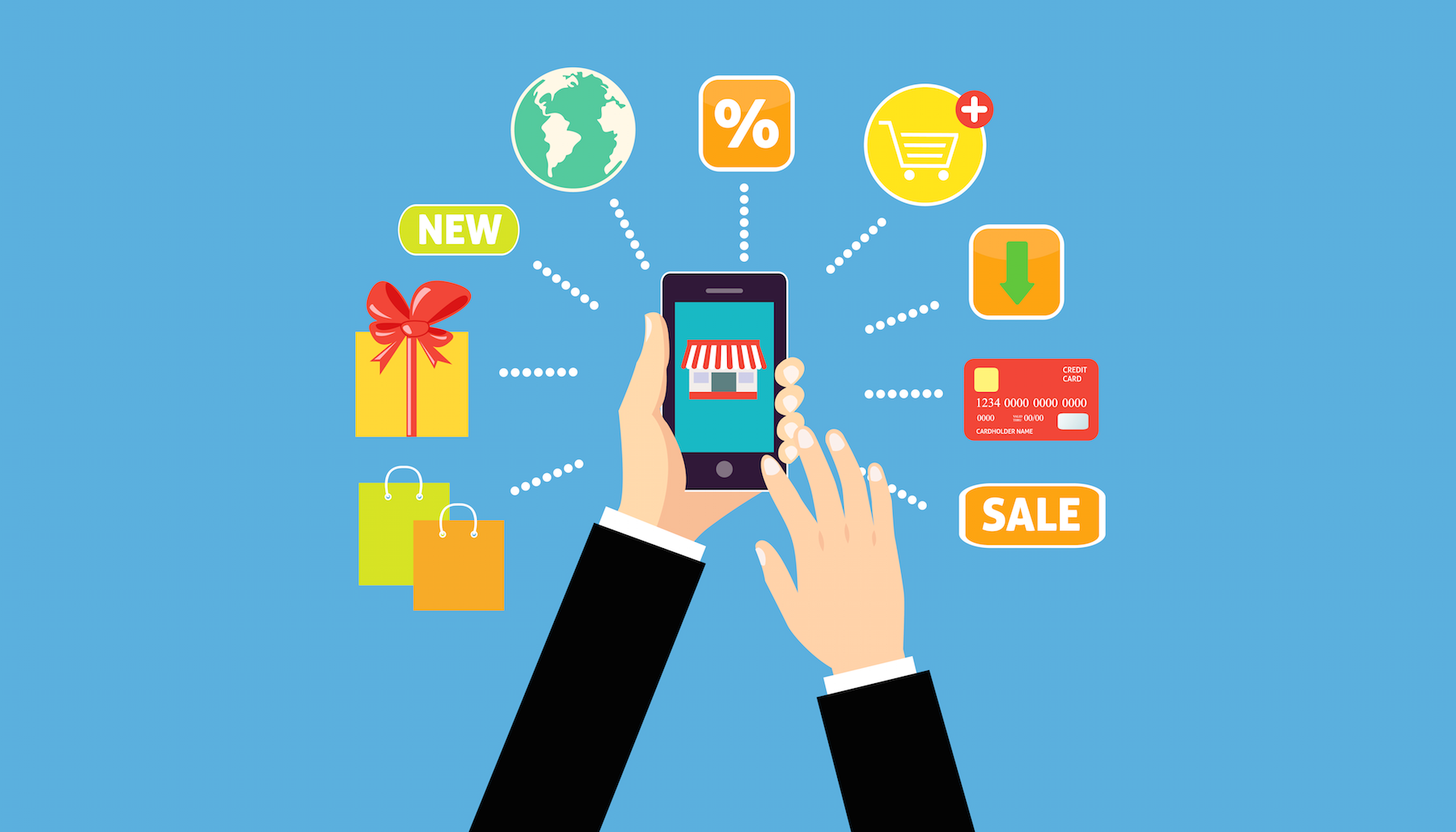E-commerce is the latest trend. 87% of shoppers base their decisions on e-commerce reviews, and 77% of them continue their transaction online.
And it’s easy to see why. With access to the world at all hours of the day, low operational costs, and a wider audience than a brick-and-mortar store, more entrepreneurs have chosen to pursue this avenue. Especially in this challenging time of Covid-19, and the global lockdowns, the time to consider e-commerce business is now. However, taking an established brand to the internet is quite different from starting an online store from scratch. Here are 7 things you need to work on before starting your e-commerce store.

E-commerce is mostly about marketing and customer service. But like any other business, you need to devise the right strategy in order to become successful. Not only do you need to start with a well-thought-out plan, but you also have to take the proper steps to ensure smooth sailing all the way through. So without any further delay, here are a few things you must tick off your checklist before you start your e-commerce store.
1. Research the market
You need to research your market before starting your e-commerce store. You cannot establish your brand on a hunch and hope to that money will start pouring in. Yes, it’s easy to get starry-eyed by the overnight success stories circulating the internet, but you don’t want to tempt fate because 50% of all new businesses fail within the first five years. If you don’t want to end up being a mere statistic, keep the following in mind:
- Don’t forget to do your homework. Research about the industry and make sure that no one can copy-paste what you are offering.
- Whether you are planning to sell a product or service, you need to understand that the market is already saturated with numerous options. So start with a specific niche that stands out in the market.
- Make sure that there is healthy competition – it’s an indicator that the industry is thriving. However, avoid overcrowded niches or those dominated by major brands.
- Analyze your competition. Instead of trying to beat them, create a unique product/service by capitalizing on opportunities that exist in the gaps that current businesses are providing.
2. Identify your shopping persons in starting your e-commerce store
We’re back to business 101- know who you are selling to. If you think that everyone will want to buy from your online store, you’re wrong. Recognize your target so that the persona of your brand and the products you intend to sell match consumer expectation.
- Define your audience and cater to their specific needs.
- Use SWOT analysis to evaluate your strengths and weaknesses while simultaneously pinpointing opportunities and possible threats.
- Gather basic information about your customer base through tools such as Google Analytics, social media, polls, etc. to assess consumer trends, preferences, hobbies, and much more.
3. Determine your business model in starting your e-commerce store
There are two business models available for those opting e-commerce business:
- Stocking products
This is feasible for those who have warehouse facilities to stock inventory. Buying products in bulk and selling it through the retail market helps you make a hefty profit. But the cost of shipping and warehousing must also be taken into consideration.
- Drop shipping
This option allows another company to manage the backend of your online business while you focus on what really matters- customer relationship management, marketing, search engine optimization, managing a budget, etc. It’s ideal for those who are testing the waters for their newfound niche.
For example, find organic items on eBay and direct traffic to these affiliate products. When you feel that there is a substantial amount of potential and profit in a specific article, it’s time to invest in establishing your own brand and monetize the traffic by driving sales through your website.
4. Establish your e-business
Every aspect of your brand should have a consistent theme, from your brand name to your logo to the color schemes throughout your site. Here’s a quick rundown of the steps:
- Select a domain name
Choose a name that is clear and meaningfully reflects on your business. For instance, the domain name ‘leather skin shop‘ is easily identifiable with a company that sells leather products.
Keep it simple, avoiding hyphens and articles.
- Find a website hosting site
Bring your company’s name on the internet. Select a web hosting company that is reliable and well-known, such as Bluehost and GoDaddy. If for some reason the hosting company has issues, your website will not be visible.
Think about a vendor that supports scalability from the getgo so that when the time is right, your site can incorporate blogs, shopping carts, payment gateways, etc. and grow without limitations.
- Complete all the paperwork
Get your business license, permits, and EIN (Employer Identification Number) to open a business bank account.
- Hire the right agencies
Building your e-commerce store from the bottom up begins with building your online reputation. You will require a series of professionals along the way, from website building to professional logo design to SEO.
Your online business will attract and retain customers if it’s easy to navigate. Aim at designing a well-maintained, high-quality ecommerce site that delivers up-to-date content. Create a positive image and stand out in the crowd.
5. Choose the right e-commerce software
E-commerce software such as Shopify and OpenCart allow business owners to manage day to day operations effortlessly. And there is a whole bucketload of things that need to be done, including keeping track of inventory, adding or removing items, fulfilling orders, calculating taxes, and much more.
When selecting an e-commerce software, evaluate key requirements for your store, such as compatibility with the business structure, loading times, payment gateways,
6. Drive traffic to your online shop
As mentioned earlier, ecommerce focuses a great deal on marketing. It’s the way to sell your product or service. You must increase your online visibility and engage in user-friendly features that enhance a customer’s shopping experience. Customer service is the best way to convert random visitors into loyal customers.
Common marketing channels include:
- Organic marketing
Social media, SEO, email and content marketing are essential for driving traffic. Reach out to buyers with promotional offers, discounts, sales, giveaways, or coupons and establish your credibility.
- Paid marketing
Pay-per-click campaigns and affiliate sale networks are simple and effective advertising campaigns.
7. Create content that sells
Concentrate on building a strong relationship with customers. Provide services that customers can’t pass off.
- The most important aspect of your online store is that it should be mobile-optimized. Mobile ecommerce sales are projected to contribute to 63.5% of total ecommerce sales so you can’t afford to miss out on this opportunity.
- The online business is all about first impressions and appearances. So you need to shoot pictures like a pro. Utilize various backdrops or lifestyle images to provide buyers with an idea of how your products can be used. You don’t need expensive equipment- with a little training, experience, and basic knowledge, your brand can instantly grab any browser’s attention.
- Write a concise product description that leaves nothing to the buyer’s imagination. Use a few powerful yet persuasive words to motivate the consumer into action. Utilize a table or a short list to make it easier for buyers to identify highlighted product features. Most importantly, avoid using 100% positive fluff- make the details real and relatable.
Are you ready to open the shop?
Starting e-commerce is not rocket science. With a little help, you’ll find yourself taking the steps in the right direction. One thing’s for sure- you’re going to have to invest heavily in online marketing. Implement a combination of strategies to figure out what’s best for you. Utilize analytical tools to examine profitability, the number of visitors to your page, conversion rates, etc. It’ll help you decide on the viability of your product, maximize revenues, reduce costs, and plan future growth.
Author: Ashley Rosa

About author: Ashley Rosa is a freelance writer and blogger. As writing is her passion that why she loves to write articles related to the latest trends in technology and sometimes on health-tech as well. You can find her at twitter: @ashrosa2.









